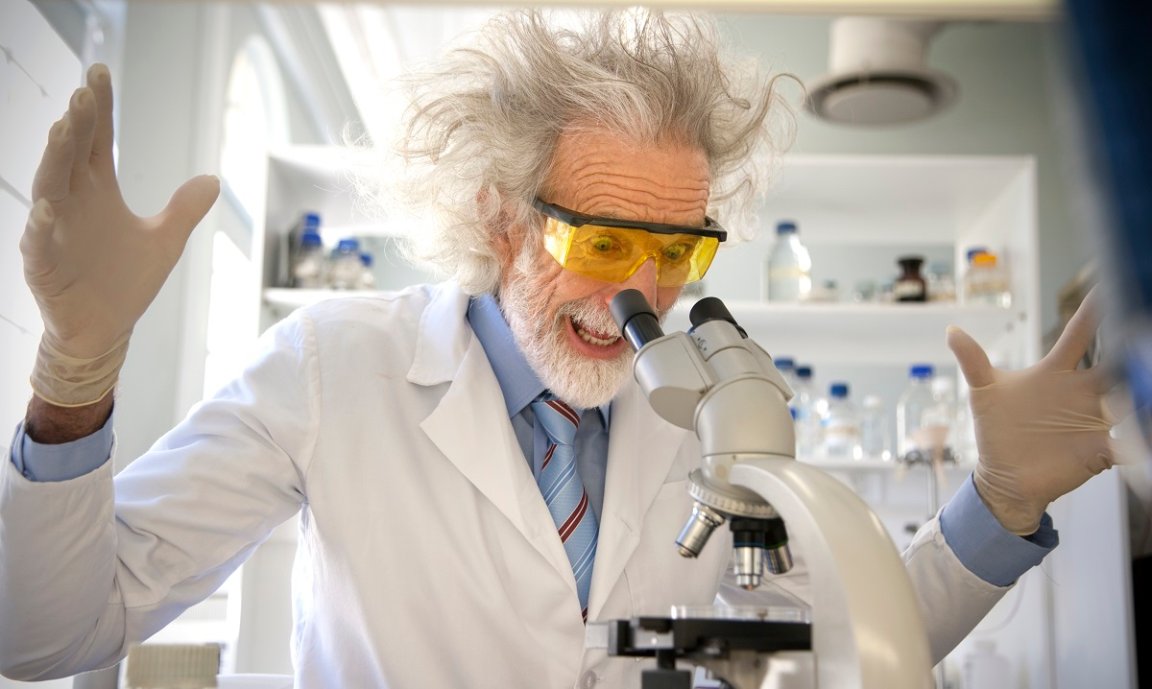
If you’re hitting middle age, scientists say there’s a simple way to live significantly longer — but unfortunately, it’ll involve getting off your butt.
According to new research, US adults over the age of 40 can add another five years to their lifespan if they exercise as much as the top 25 percent of the population.
The research, published as a study in the British Journal of Sports Medicine, involved creating a predictive model to estimate the benefits that physical activity has on life expectancy — and though the results probably aren’t going to blow anybody’s mind, they serve to triple-underline the conventional wisdom that regular exercise is absolutely key to healthy aging.
If anything, it’s the degree of the effect that’s striking. The “findings suggest that [physical activity] provides substantially larger health benefits than previously thought, which is due to the use of more precise means of measuring it,” the authors wrote in the study.
To create the predictive model, the researchers pulled activity tracker data from a national health survey for people over 40, recent population data from the Census Bureau, and records on deaths in 2017.
What does exercising as much as the most active 25 percent of Americans over 40 look like? It’d be equal to walking at a manageable pace of three miles per hour for 160 minutes every day, according to the study.
Match those levels of physical activity on a daily basis, midlifers, and your life expectancy shoots up from 78.6 years to 84 years — over six years more than the current life expectancy in the country.
Meanwhile, if the least active quartile of Americans walked for nearly two more hours a day at the same pace, they would see their expected time on this earth increase by 11 years.
It’s worth noting that this was an observational study, meaning that cause and effect cannot be established.
Still, it can’t hurt to exercise if you’re able. And remember: the physical activity you do doesn’t have to be literally hours of walking. You can cram an equivalent amount of exercise by doing shorter, more intense workouts. Pick up a sport or dust off your old road bike — it’s up to you.
That being said, there are many barriers that stand in the way of people trying to get the exercise they want, something that the researchers acknowledge. On a society-wide scale, the solution may not necessarily mean getting people in the gym, they suggest, but on the streets. And to do that, we need change how our cities are organized.
“Infrastructure measures that encourage active transport, walkable neighborhoods, as well as green spaces might be promising approaches to increase physical activity and resultant healthy life expectancy at the population level,” the authors wrote.
More on health: Another “Fitness” Influencer Just Dropped Dead, Days After 30th Birthday